Enter a surname, town name or other keyword to search the database. Remember to
allow for the different spellings of 'Mc' and 'Mac.' Good luck!
{Search tips: Use single word search terms for more results}
You must enter some valid character(s) into the search field
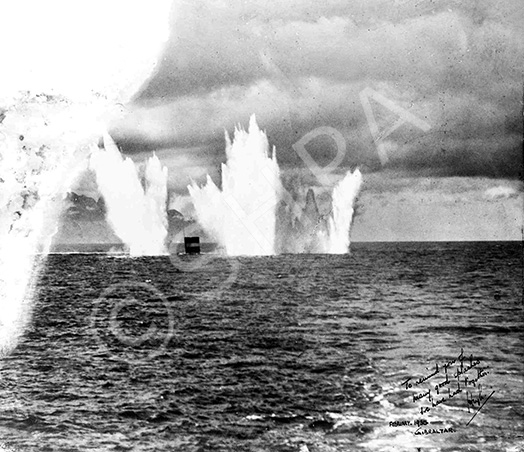
Reference: 517
Shells landing on target fired...
|
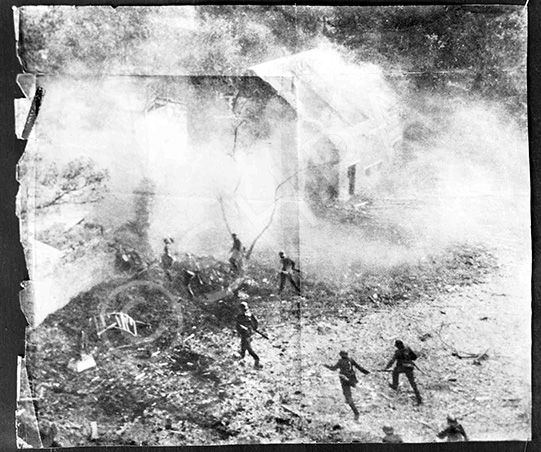
Reference: 461b
Copy for Cameron Barracks of G...
|
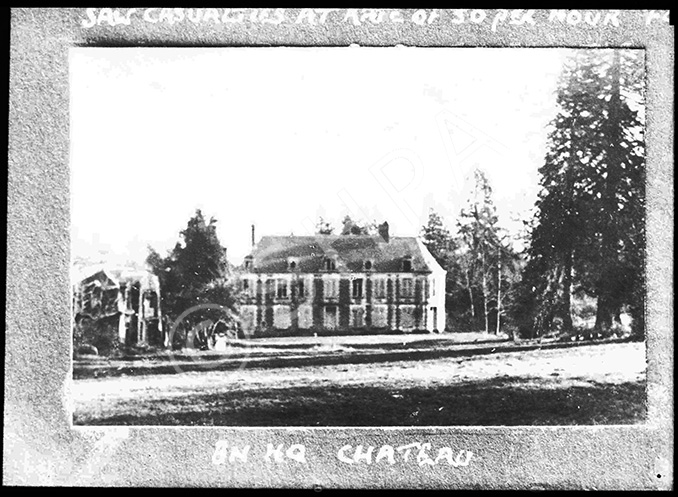
Reference: 461a
Copy for Cameron Barracks of t...
|
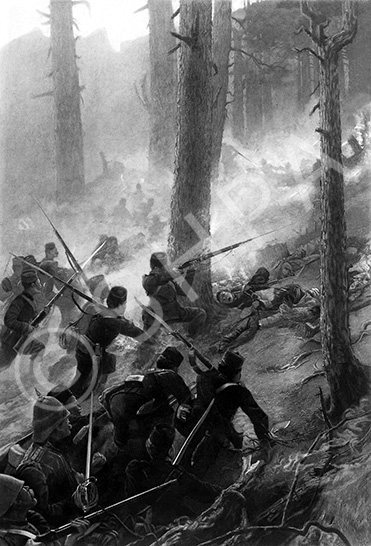
Reference: 417
Seaforth Highlanders, Fort Geo...
|
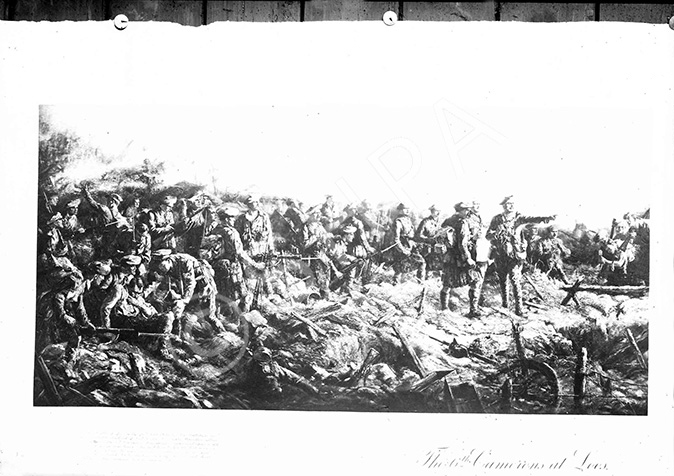
Reference: 416a
A photo of a print of the Jose...
|
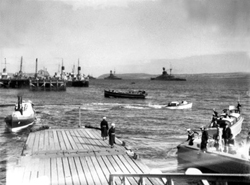
Reference: H-0315b
People at Invergordon queuing ...
|

Reference: 34474b
Captain S. Prentice, 2nd Batta...
|
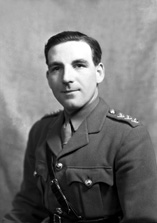
Reference: 34474a
Captain S. Prentice, 2nd Batta...
|
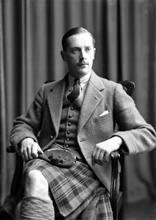
Reference: 32057e
Mr Argyll Robertson, The Depot...
|
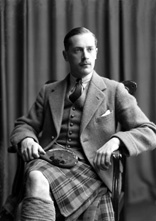
Reference: 32057d
Mr Argyll Robertson, The Depot...
|
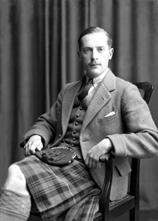
Reference: 32057c
Mr Argyll Robertson, The Depot...
|
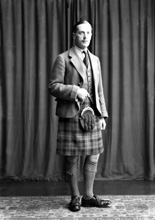
Reference: 32057b
Mr Argyll Robertson, The Depot...
|